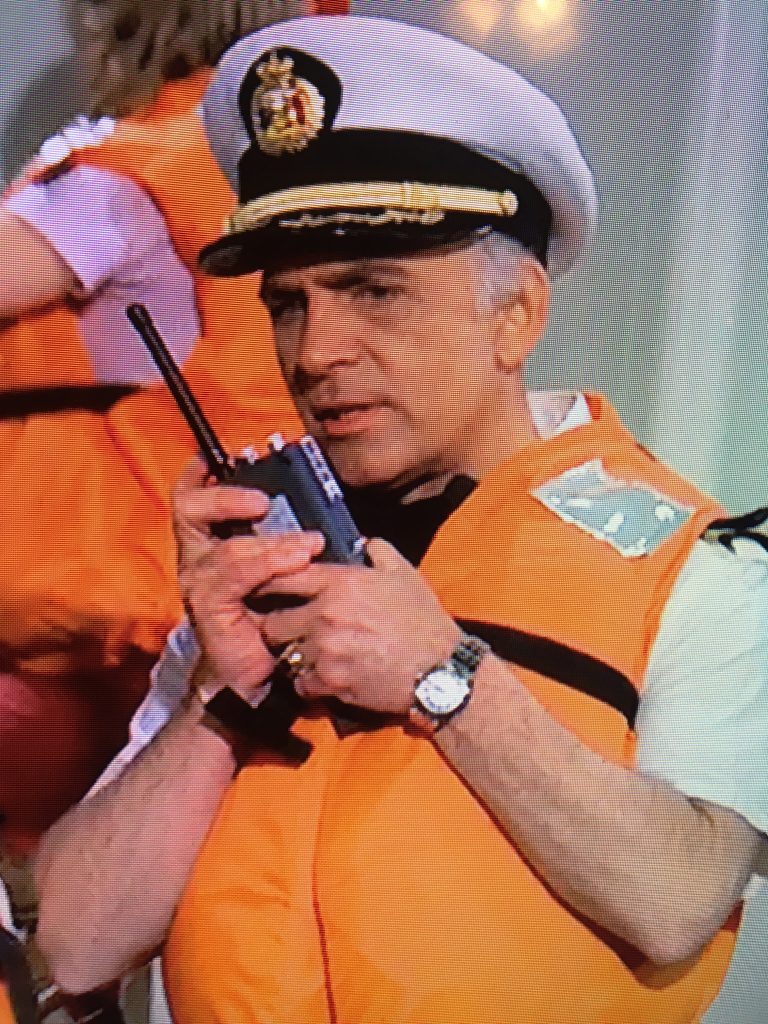
There are several websites that purport to provide knowledgeable information regarding wireless communication on cruise ships. Regrettably, the information they provide is often inaccurate or misleading. This can result in investing in radio equipment which performs poorly on the cruise ship, and has the potential of legal entanglements if used in foreign ports. Neither of these are welcome additions to your vacation.
The purpose of this electronic publication is to provide you with the information you need to make intelligent decisions when purchasing wireless personal communication equipment. These radios should be able to be used legally, without a license, on land in the United States, onboard a cruise ship in International Waters, or in foreign ports.
A cruise ship contains many steel compartments, which tend to block longer-wavelength signals, yet reflect shorter-wavelength transmissions. This means that a license-free MURS handheld, which utilizes the VHF spectrum, works well in rural areas, however won’t perform well (or at all) on a cruise ship.
Family Radio Service handheld radios are often used by passengers on cruise ships, however the reduced power level of these devices offers inferior penetration and reflection in the steel maze of the vessel. Also, operation of both FRS and MURS radios in foreign ports is against the law, and could subject the user to severe civil and criminal penalties.
The 902-928 MHz Industrial Scientific Medical (ISM) band is the most desirable option for wireless personal communication. The radios available for this license-free band fall in two categories: Conventional (transmitting and receiving on specific discrete frequencies) and FHSS (Frequency-Hopping, Spread Spectrum, moving to different frequencies within the radio band, according to an established algorithm).
In 2023, I decided to bring a pair of Retevis RT-10 DMR handheld radios and a pair of Nextel I355 FHSS handheld radios. Out in the International Waters of the Gulf of America, we conducted a range test, comparing the two transceivers.
Even those they both operated in the same 902-928 MHz unlicensed band using digital emissions, and used similar power levels, the Nextel radios successfully communicated throughout nearly the entire ship, and the Retevis radios experienced significant deterioration resulting is digitsl artifacts and loss of signal after passing through only a few decks.
The reason for this performance discrepancy, I believe, is because the Nextel radios, operating in the Direct Talk mode, use frequency-hopping, spread spectrum technology rather than discrete frequencies. This means the signal moves throughout the band, according to a set algorithm, and different frequencies have different penetration and reflection characteristics.
Therefore, my recommendation is to use a Nextel radio, operating in the Direct Talk mode, for communication on your next cruise.
Another advantage of using older Nextel radios is cost. When Sprint decommissioned the Nextel network in 2013, a huge number of these radios became available on the surplus and used market. A good source for these is on eBay. But not all Nextel radios are capable of Direct Talk, which is Nextel’s term for direct communication between radios, outside the network. A full list of these radios appears elsewhere in this website.
If you can afford it, a Motorola DLR or DTR-series handheld is an excellent option. These radios use the same frequency-hopping, spread spectrum technology on the 902-928 MHz unlicensed band, but are unfortunately incompatible with the Nextel radios operating in the Direct Talk mode because of a software difference. Even though both the Nextel and DLR/DTR radios were developed and manufactured by Motorola, I believe the incompatibility was deliberate, to protect marketing.
Aside from superior performance, the most important advantage in using 900 MHz is from a legal standpoint. Unlicensed 902-928 radios are legal to use anywhere within Region 2, which includes the Americas, the Caribbean, and certain Pacific islands. This is in accordance with an ITU treaty, which the nations within this region are signatories. Therefore, you can legally use these radios anywhere in the United States, in International Waters , or in foreign ports throughout the Caribbean, Central and South America frequented by cruise ships.